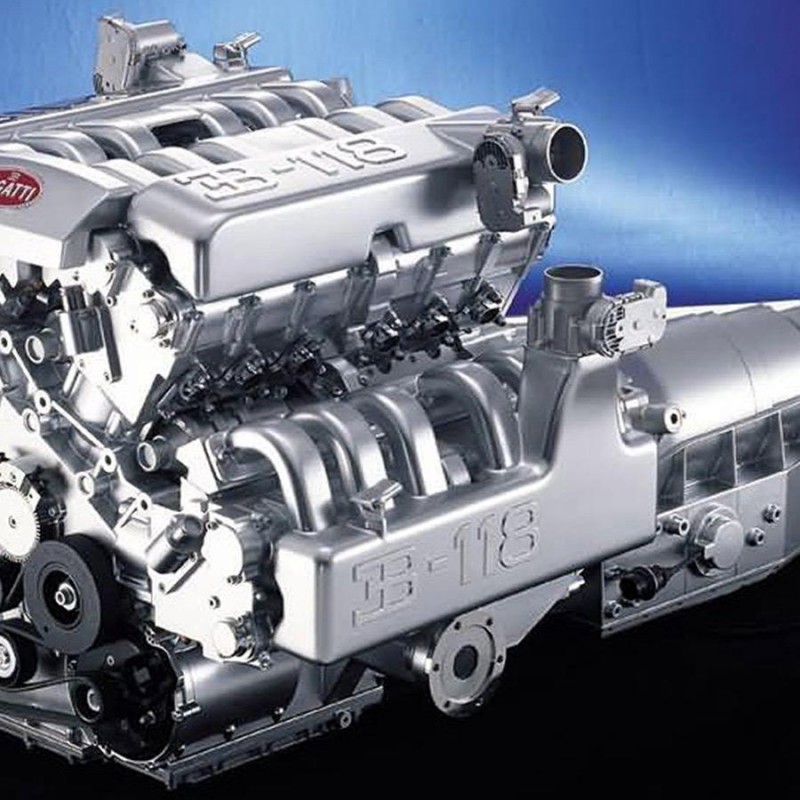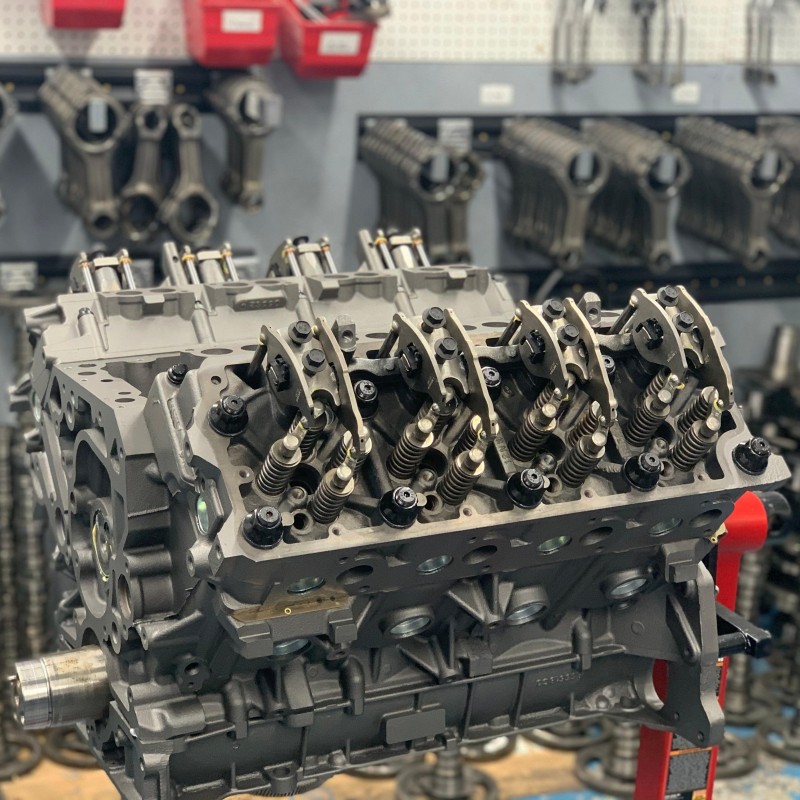Understanding how to read and interpret engine fault codes is essential for any vehicle owner or automotive enthusiast. When your car’s check engine light illuminates, it serves as a warning that something may be amiss in your vehicle’s engine system. Engine fault codes are standardized numeric codes generated by the on-board diagnostics (OBD) system and can help diagnose issues that impact performance, emissions, and overall functionality. Knowing how to interpret these codes empowers you to address problems proactively, potentially saving you time and money by preventing minor issues from developing into major repairs.
In this comprehensive guide, we will explore everything you need to know about reading and interpreting engine fault codes. We will discuss the fundamentals of OBD systems, how to access and retrieve codes, the meaning behind specific codes, tools you can use, and how these codes relate to vehicle maintenance. Furthermore, we will cover common error codes, troubleshooting strategies, and tips for working with a mechanic. By the end of this article, you will be well-equipped to handle engine fault codes confidently and make informed decisions regarding your vehicle’s health.
Understanding On-Board Diagnostics (OBD) Systems
Before diving into how to read and interpret engine fault codes, it’s essential to understand the role of OBD systems in modern vehicles.
What is On-Board Diagnostics (OBD)?
On-Board Diagnostics (OBD) refers to a vehicle’s self-diagnostic and reporting capabilities. OBD systems monitor various components and systems within the vehicle to ensure they operate correctly. Here are some key aspects:
- Monitoring Functions: OBD systems continuously monitor engine performance, emissions controls, and transmission functions to ensure compliance with safety and efficiency standards.
- Trouble Codes: When the system detects an anomaly, it generates a fault code—these are numeric codes that indicate the type of issue detected.
Evolution of OBD Systems
OBD technology has evolved significantly since its inception:
- OBD-I: The first generation of OBD systems was introduced in the early 1980s. These systems were primarily geared toward monitoring emissions but were limited in their diagnostic capabilities.
- OBD-II: Introduced in the mid-1990s, OBD-II brought standardized diagnostic trouble codes (DTCs), which enhanced compatibility across different car manufacturers. This system has certain mandated features required by federal regulations, making diagnostics more accessible for technicians and DIY enthusiasts alike.
Importance of OBD Systems
Understanding OBD systems is crucial for several reasons:
- Early Problem Detection: They allow for early detection of potential issues, enabling timely interventions and repairs, thus preventing more extensive damage down the road.
- Improved Vehicle Functionality: Keeping the OBD system in check can improve overall vehicle performance and fuel efficiency.
- Compliance with Regulations: OBD systems help ensure that vehicles meet emissions standards, contributing to environmental protection efforts.
Accessing and Retrieving Engine Fault Codes
Once you comprehend the OBD system, the next step is learning how to access and retrieve engine fault codes.
Required Tools
A few essential tools will help you retrieve and interpret fault codes effectively:
- OBD-II Scanner: This device connects to the OBD-II port found in most vehicles and reads error codes. Scanners vary in features and price. Basic models display codes and their meanings, while advanced models offer live data streams and further diagnostic capabilities.
- Mobile Apps: Some OBD-II scanners can connect to smartphones via Bluetooth, allowing you to read codes and data on mobile applications, which can be more user-friendly.
Locating the OBD-II Port
Finding the OBD-II port is critical for diagnostics. Here’s where you can typically find it:
- Common Locations: In most vehicles, the OBD-II port is located under the dashboard on the driver’s side. Often, it’s above the brake pedal or near the steering column.
- Consult the Owner’s Manual: If you’re having trouble locating the port, refer to your vehicle’s owner manual, as the location may vary based on the make and model.
Connecting the Scanner
After locating the OBD-II port, follow these steps to retrieve codes:
- Turn Off the Ignition: Ensure your vehicle is off before connecting the scanner to avoid potential damage.
- Connect the Scanner: Plug the OBD-II scanner into the port securely.
- Turn On the Ignition: Switch the ignition to the “On” position while keeping the engine off. This action powers up the scanner.
- Follow Scanner Prompts: Depending on the model, follow the on-screen instructions to retrieve engine fault codes. Usually, there will be a button labeled “Read Codes” or similar.

Interpreting Engine Fault Codes
Once you have retrieved your engine fault codes, understanding their meanings is essential for troubleshooting.
Format of Engine Fault Codes
Engine fault codes typically follow a standardized format:
- Code Structure: Most codes begin with a letter, followed by four digits (e.g., P0123). The first letter indicates the system affected:
- P: Powertrain (engine and transmission)
- B: Body
- C: Chassis
- U: Network Communication
Common Powertrain Codes
Powertrain codes encompass a range of issues and are crucial for vehicle diagnoses:
- P0300: This code indicates a random/multiple cylinder misfire detected, suggesting potential ignition or fuel delivery problems.
- P0420: This code refers to a catalyst system efficiency below threshold, typically pointing to issues with the catalytic converter or exhaust system.
Manufacturer-Specific Codes
While many codes are universal, certain manufacturers may have unique codes:
- Consult Documentation: For specific manufacturer codes (like those starting with a letter other than P), consult the vehicle’s service manual or manufacturer documentation for accurate interpretations.
Using Online Resources
Several online resources provide detailed information on interpreting engine fault codes:
- Diagnostic Code Databases: Websites dedicated to providing comprehensive listings of DTCs often offer insights into common problems and suggested solutions.
- Automotive Forums: Engaging in online forums and communities can provide real-world experiences from other vehicle owners facing similar issues. This shared knowledge often leads to practical solutions.
Diagnosing Issues Based on Fault Codes
Understanding the steps for diagnosis can enable you to troubleshoot effectively using the codes you’ve retrieved.
Initial Assessment
Once you’ve identified the fault code, performing an initial assessment is vital:
- Note Symptoms: Consider the symptoms accompanying the check engine light. Is the vehicle running rough? Are there any strange sounds or decreased performance? This information can be vital for further diagnosis.
- Visual Inspection: Inspect the affected components, wiring, and connections mentioned in the fault codes. Loose or damaged wires can often trigger fault codes.
Conduct Additional Tests
Based on the initial assessment, you may need to perform further diagnostic tests:
- Multimeter Tests: Using a multimeter to check voltage and resistance may help identify electrical issues related to the fault code.
- Pressure Tests: For codes related to fuel or air intake systems, performing pressure tests can help ascertain their health.
Document Everything
Maintaining detailed records of your diagnostics is essential, especially if you seek professional assistance:
- Log Fault Codes: Make note of all retrieved codes and any observations you make during your assessment. This log can assist mechanics in identifying problems more quickly.
- Keep Repair History: Documenting past repairs and issues may help identify recurring problems, leading to better solutions in the future.
Seeking Professional Help
While DIY diagnostics and repairs can be effective, some situations may require the expertise of a professional mechanic.
When to Consult a Mechanic
There are certain circumstances in which seeking professional help is advisable:
- Complex Issues: If the issue indicated by the fault code requires advanced diagnostics or specialized tools, consulting a mechanic is wise.
- Time Constraints: If you can’t dedicate the time or effort to properly diagnose and repair your vehicle, a professional can expedite the process.
Communicating with Mechanics
When visiting a mechanic, communicate the retrieved fault codes and any symptoms noted during your assessment:
- Be Specific: Providing specific details regarding the codes and symptoms can help the mechanic understand your concerns better.
- Ask Questions: Don’t hesitate to ask questions about the diagnosis process and potential repair solutions. A competent mechanic should be willing to explain the steps involved.
Tips for Maintaining Your Vehicle and Preventing Future Issues
Understanding how to read and interpret engine fault codes empowers you as a vehicle owner. However, ongoing maintenance is essential to avoid future problems.
Regular Maintenance Checks
Consistent vehicle maintenance plays a critical role in preventing issues:
- Scheduled Maintenance: Follow your vehicle manufacturer’s maintenance schedule for oil changes, fluid checks, and part replacements.
- Visual Inspections: Conduct routine visual inspections of essential components such as belts, hoses, brakes, and fluids. Early detection can prevent larger issues.
Keeping Up with Engine Performance
Monitoring your vehicle’s engine performance can help you catch small issues before they escalate:
- Listen for Unusual Sounds: Pay attention to any new noises, vibrations, or shifts in performance. Anomalies may indicate underlying problems related to engine or transmission issues.
- Pay Attention to Warning Lights: Don’t ignore the check engine light or other warning lights. Regularly polling your engine fault codes can help ensure ongoing issues don’t become exacerbated.
Using Quality Parts
Investing in high-quality parts for repairs can ensure the longevity and performance of your vehicle:
- OEM vs. Aftermarket: Weigh the benefits of Original Equipment Manufacturer (OEM) parts versus aftermarket options. OEM parts generally provide the best fit and reliability.
- Research and Reviews: Look for reputable brands and read product reviews when purchasing replacement parts to ensure the quality is dependable.

Conclusion
Learning how to read and interpret engine fault codes is an essential skill for any vehicle owner. By understanding the role of OBD systems, having the right tools, and knowing how to analyze fault codes, you can identify and address potential issues before they escalate into costly repairs.
Through diligent maintenance, you’ll not only increase your vehicle’s lifespan but also enhance its performance and efficiency. Whether you decide to tackle repairs yourself or seek professional help, having this expertise empowers you to take charge of your vehicle’s health.
By staying informed about your car’s needs and understanding how to diagnose problems effectively, you can enjoy safer, more reliable driving. With the right knowledge and tools at your disposal, you can confidently navigate the path of vehicle ownership and maintenance.
Tags: automotive diagnostics, fault code interpretation, Vehicle Maintenance